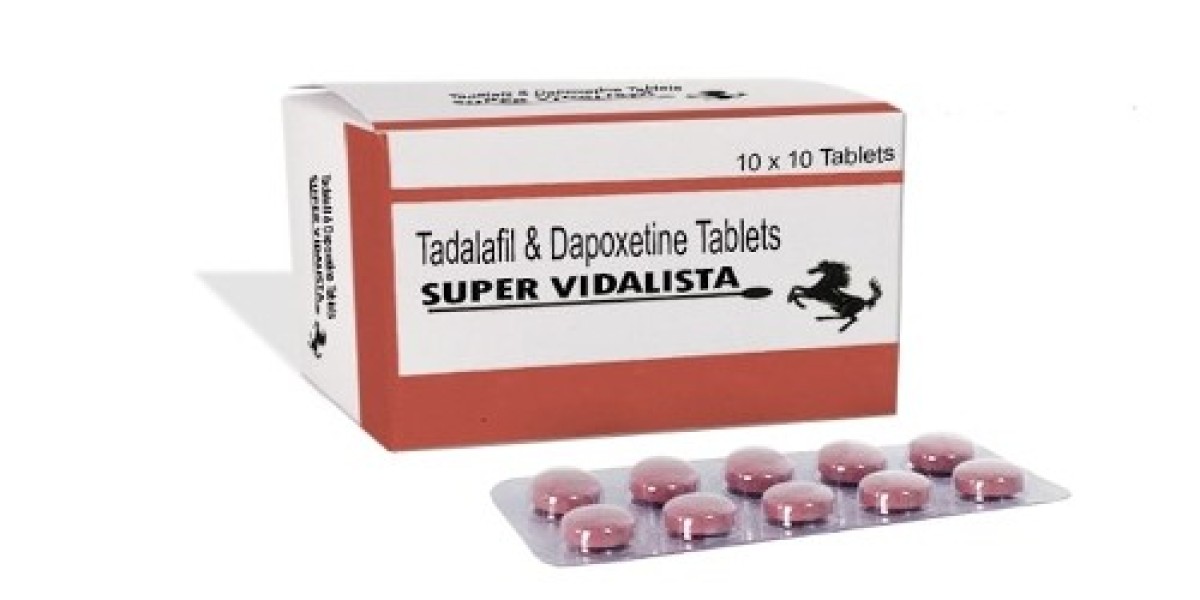What Are the Latest Advancements in Cell and Gene Therapy for 2024?
The field of cell and gene therapy has seen remarkable advancements in 2024, largely driven by precision medicine and cutting-edge technologies. New therapies are emerging to target rare and complex diseases more effectively, improving patient outcomes and expanding treatment options. Key innovations include:
- CRISPR and Gene Editing: Companies like CRISPR Therapeutics and Editas Medicine are leading the way with advanced CRISPR-Cas9-based therapies, designed to correct genetic mutations at the DNA level, offering targeted and potentially one-time solutions for genetic disorders like sickle cell anemia and beta-thalassemia.
- CAR-T Cell Therapy Innovations: With an increasing number of CAR-T cell therapies approved for blood cancers, companies like Novartis and Gilead have further refined these treatments for greater safety and efficacy, expanding their application to solid tumors.
- Gene Delivery Systems: New delivery technologies, such as lipid nanoparticles (LNPs) and adeno-associated viruses (AAVs), are being developed by companies like Spark Therapeutics. These systems enhance the precision and delivery efficiency of genetic materials to target cells, minimizing off-target effects and potential adverse reactions.
These advancements signal a future where personalized and precision treatments will offer higher success rates and fewer side effects, moving us closer to widespread availability and affordability.
How Much Does Gene Therapy Treatment Cost, and Is It Accessible?
The costs associated with cell and gene therapies remain one of the largest barriers to accessibility. Gene therapies can range from hundreds of thousands to over a million dollars per treatment. For example, Zolgensma, a gene therapy for spinal muscular atrophy by Novartis, has a list price of over $2 million per treatment.
However, some key industry shifts in 2024 are aimed at improving accessibility and affordability:
- Partnerships with Insurance Providers: Many biotech firms are partnering with insurance providers and governments to offer payment plans or coverage for gene therapies. Companies like BioMarin and Vertex Pharmaceuticals are working on strategies to negotiate better coverage terms to make therapies accessible to a broader patient base.
- Outcomes-Based Pricing Models: Pharmaceutical companies are now implementing outcomes-based pricing, where the cost of treatment is directly tied to its success. This model is seen with therapies like Kymriah by Novartis, helping reduce the financial burden on patients if treatment outcomes are not as expected.
- Scaling Manufacturing Processes: As companies such as Pfizer and Lonza invest in scalable and cost-efficient manufacturing facilities, the economies of scale are expected to reduce production costs over time, which may ultimately lower the price of therapies.
While costs remain high, these strategies reflect an industry-wide shift toward making life-saving therapies more attainable.
What Are the Safety and Ethical Concerns Surrounding Gene Therapy?
Despite its transformative potential, gene therapy brings unique safety and ethical challenges. The long-term effects of altering genetic material are not fully known, and unintentional modifications to the genome may pose risks. Current developments in 2024 aimed at addressing these concerns include:
- Enhanced Screening Protocols: Companies like Bluebird Bio have established rigorous patient screening and monitoring protocols, minimizing the risk of adverse reactions and ensuring the safety of therapies across different genetic backgrounds.
- Regulatory Frameworks and Oversight: The FDA and EMA have intensified regulations for gene therapies, emphasizing patient safety and quality control. Rigorous testing phases are now required, especially in relation to potential off-target gene editing risks associated with CRISPR and similar technologies.
- Ethical Debates on Germline Editing: Editing genes that can be passed down to future generations (germline editing) remains controversial. Ethical considerations are continuously evaluated by research councils and bioethics committees to ensure that any application of this technology aligns with societal norms and patient rights.
Overall, while safety and ethical challenges persist, industry-wide regulations and technological refinements are progressively addressing these concerns.
How Is Cell and Gene Therapy Impacting the Treatment of Rare Diseases?
Cell and gene therapy are transforming the treatment landscape for rare diseases, providing solutions where conventional medicine often falls short. For example, diseases like spinal muscular atrophy (SMA) and hemophilia, which had limited treatment options, are now targeted with advanced therapies offering improved outcomes and reduced disease burden.
- Targeted Gene Therapies for Rare Disorders: Companies like Sarepta Therapeutics are creating gene therapies for Duchenne muscular dystrophy, a condition that previously had no curative treatment. These therapies address the root genetic causes of such diseases, offering potentially lifelong benefits.
- Expansion Beyond Monogenic Disorders: While early gene therapies primarily targeted single-gene disorders, 2024 has seen expansions into polygenic or complex rare diseases, with research by Sangamo Therapeutics and others now aiming at multifactorial diseases like Huntington’s disease and some forms of epilepsy.
- Accessible Treatment through Orphan Drug Designation: With incentives from programs like the Orphan Drug Act, companies developing therapies for rare diseases can obtain regulatory advantages, making treatments more viable for small patient populations. These incentives encourage more investment in rare disease research, further enhancing accessibility.
Cell and gene therapy are thus not only offering hope to patients with rare diseases but also changing the way these conditions are managed on a global scale.
| For more info. | Market Research | Internet of Things in Healthcare Market | |
| Sexual Wellness Market | |||
| Artificial Intelligence in Drug Discovery Market |


